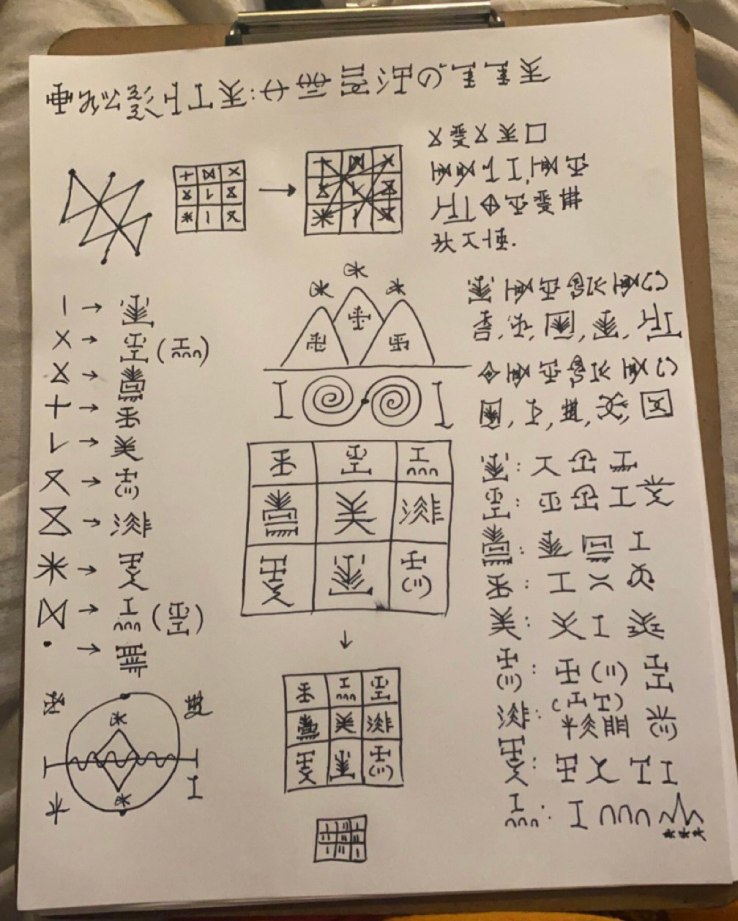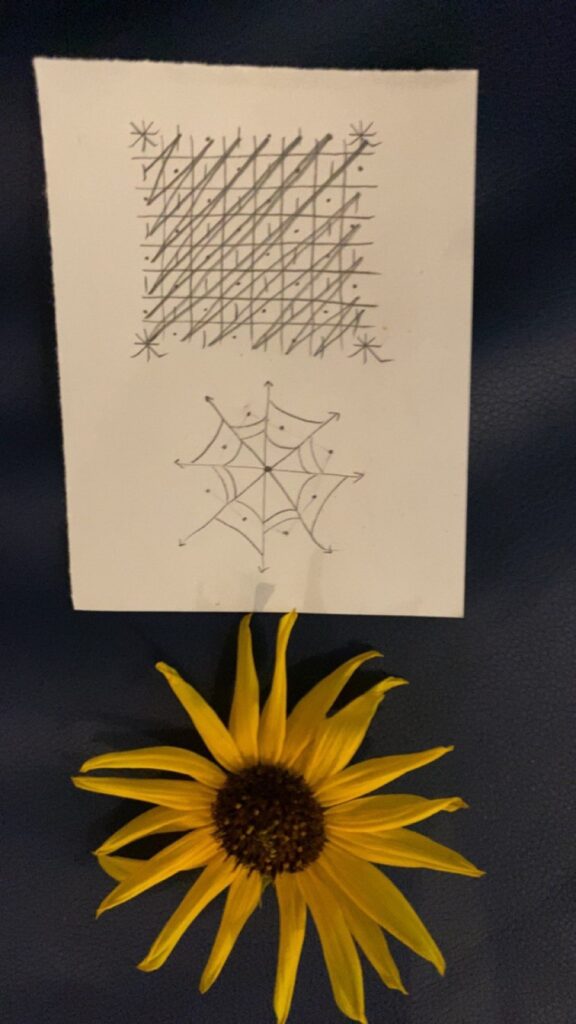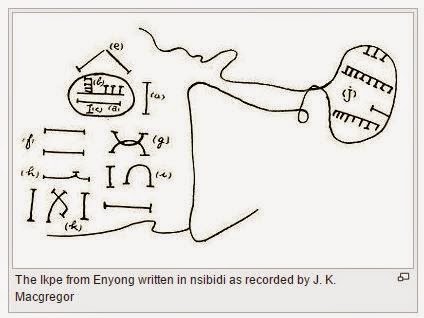Jordan Williams, a 22-year-old undergraduate majoring in Digital Media Innovation with a focus on web and mobile development, and minoring in Chinese and Japanese, is making significant strides in the world of ideographic writing systems. Williams’ passion for languages and writing systems, particularly those from African and Asian cultures, has led him to become a key figure in the revitalization of Nsibidi, an ancient script used in Nigeria and Cameroon.
Williams’ journey into the world of languages began early. A language enthusiast and researcher, he has always been fascinated by the intricacies of ideographic writing systems. This interest was sparked during his childhood, watching bootleg movies with Chinese subtitles, which ignited a curiosity that led him to formally study Chinese and Japanese. His academic pursuits didn’t stop there; in his freshman year of college, he also audited an Arabic class, further broadening his linguistic horizons.

Currently, Williams serves as a lexicographer at Nkowa Okwu + Igbo API, where he is dedicated to revitalizing Nsibidi for Unicode encoding. This work is crucial for making the script widely accessible and preserving its cultural significance. Nsibidi is an ideographic system composed of thousands of characters and pictographs historically used for communication, rituals, and documentation. Its use in secret societies helped preserve its cultural importance over centuries.
Williams’ interest in ideographic writing systems extends beyond their linguistic aspects. He has developed a deep interest in the ritual etymology of writing systems, especially those related to African American spirituality. This interest has led him to explore the rich culture of Hoodoo and Voodoo within his own family and the Southern United States more generally, where African American spirituality is interwoven into daily life. In these traditions, writing systems like Nsibidi play a crucial role in spiritual practices. Symbols such as Veve, used in Vodou, and Abakua, used by the Abakua society in Cuba, are derived from Nsibidi and illustrate the significant role of writing and visual images in African American spirituality.
Veve symbols, intricate designs created on the ground with materials like cornmeal or coffee grounds, are used in Vodou ceremonies to call upon specific spirits or deities. Each Veve has its own unique design and spiritual significance. Similarly, the Abakua script is a form of secret writing used by the male-only Abakua society to convey messages and instructions among its members. The script is sacred and kept secret from outsiders, taught through a series of initiation ceremonies.

Williams’ work on Nsibidi is not just an academic pursuit but a cultural mission. By studying Hoodoo practices, he has gained a deeper appreciation for how culture, language, and spirituality intersect and come together to shape the world around us. His exploration of African American spirituality and its connection to writing systems has provided valuable insights into the cultural roots and significance of these practices.
Growing up in Texas, Williams witnessed firsthand the influence of Creole and African American culture, further fueling his interest in the intersection of language, culture, and spirituality. The esoteric practices of the African American population in Houston and New Orleans, such as the Spiritual Church movement and the use of prophecy and speaking in tongues in the Pentecostal Church, provide a gateway to understanding the relationship between writing systems and African American spirituality. Nsibidi, with its deep spiritual meanings and connections to cultural roots, serves as a prime example of how writing and visual characters convey significant cultural and spiritual messages.

Williams’ efforts in revitalizing Nsibidi are not only about preserving an ancient script but also about celebrating and promoting African heritage. By encoding Nsibidi into Unicode, he aims to facilitate its use in contemporary contexts, including art, fashion, and design, thereby ensuring its enduring appeal and significance. The use of Nsibidi in these modern applications highlights its potential to connect individuals to their cultural roots and promote a deeper understanding of African traditions.
The significance of Williams’ work extends beyond academic circles. In North American contexts, the practices associated with Nsibidi and African American spirituality intertwine with the complex social and cultural histories of African Americans. Whether through Christian traditions of baptism in the African American church or the altered states of consciousness in the Pentecostal community, these practices can be connected to African rituals surrounding water spirits and protective measures against evil spirits.
Today, the use of the Nsibidi script in contemporary art, fashion, and design underscores its enduring appeal and significance to communities in several countries. Efforts to revitalize the script for Unicode encoding and to encourage more widespread use in Nigeria and Cameroon, as well as their diasporas, further underscore its importance for promoting and preserving African heritage and culture. By recognizing the significance of Nsibidi and working to revitalize it, Williams is helping to preserve important cultural traditions and celebrate the unique perspectives and experiences of different communities through graphic communication.
Through his dedication to Nsibidi and his broader linguistic interests, Jordan Williams is contributing to a global understanding of the importance of ideographic writing systems. His work underscores the value of preserving cultural traditions and promoting linguistic diversity in an increasingly interconnected world. As Williams continues his efforts, the revitalization of Nsibidi stands as a testament to the enduring power of language and writing systems in shaping cultural identities and preserving traditional knowledge for future generations.
For more information, visit this website.
